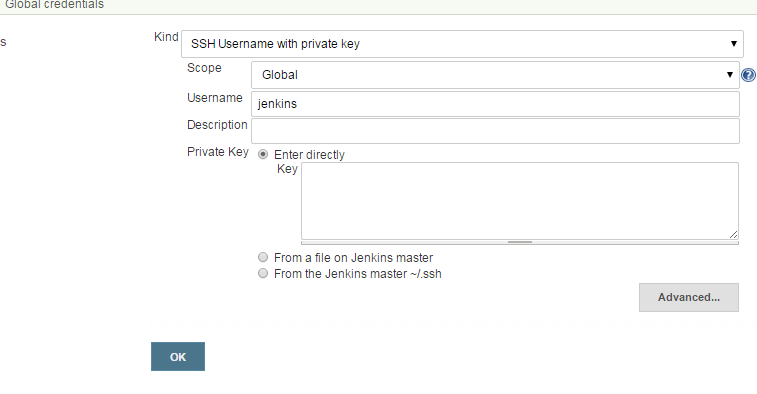Publishing
On the client server, create a small empty image to push to the new registry.
> docker run -t -i centos /bin/bash
Unable to find image 'centos' locally
Pulling repository centos
8efe422e6104: Download complete
511136ea3c5a: Download complete
5b12ef8fd570: Download complete
Status: Downloaded newer image for centos:latest
[root@4b1b63dfe9e6 /]# touch /tmp/junk
Exit out of the Docker container.
[root@4b1b63dfe9e6 /]# exit
The command docker images command has three crucial pieces of information.
- What repository they came from.
- The tags for each image.
- The image ID of each image.
> docker images
docker images
REPOSITORY TAG IMAGE ID CREATED VIRTUAL SIZE
centos 7 8efe422e6104 3 weeks ago 224 MB
centos centos7 8efe422e6104 3 weeks ago 224 MB
centos latest 8efe422e6104 3 weeks ago 224 MB
It won't be listed because I still need to commit the change.
Lets look for my latest created container ( ps -lq ).
Lets look for my latest created container ( ps -lq ).
> docker ps -lq
4b1b63dfe9e6
Good I didn't lose it.
> docker commit 4b1b63dfe9e6 my-test-image
eb2889afbbaff0e9d20760fd49be14a73e386709c69a20c6f34ed4b07fa3acdf
Lets run the docker images command again:
> docker images
REPOSITORY TAG IMAGE ID CREATED VIRTUAL SIZE
my-test-image latest eb2889afbbaf 30 seconds ago 224 MB
centos centos7 8efe422e6104 3 weeks ago 224 MB
centos latest 8efe422e6104 3 weeks ago 224 MB
centos 7 8efe422e6104 3 weeks ago 224 MB
First, log in to the registry with Docker.
> docker login https://myserver.com:8080
Username (pete):
Login Succeeded
To use our local registry and find our image again we have to tag the image with the private registry's location in order to push to it.
> docker tag my-test-image myserver.com:8080/my-test-image
Note that you are using the local name of the image first, then the tag you want to add to it. The tag is not using https://, just the domain, port and image name.
Now we can push that image to our registry. This time using the tag name only:
> docker push myserver.com:8080/my-test-image
The push refers to a repository [myserver.com:8080/my-test-image](len: 1)
Sending image list
Pushing repository myserver.com:8080/my-test-image (1 tags)
511136ea3c5a: Pushing 1.536 kB/1.536 kB
2015/01/26 15:34:05
Pulling from the Docker Registry.
It appears that we successfully pushed our test image up to the Docker Registry. Lets log in as a different user, then connect to the Docker Registry as that new user.
> docker login https://myserver.com:8080
Username (jsmith):
Login Succeeded
> docker images
REPOSITORY TAG IMAGE ID CREATED VIRTUAL SIZE
my-test-image latest eb2889afbbaf 3 days ago 224 MB
myserver.com:8080/my-test-image latest eb2889afbbaf 3 days ago 224 MB
centos 7 8efe422e6104 3 weeks ago 224 MB
centos centos7 8efe422e6104 3 weeks ago 224 MB
centos latest 8efe422e6104 3 weeks ago 224 MB










